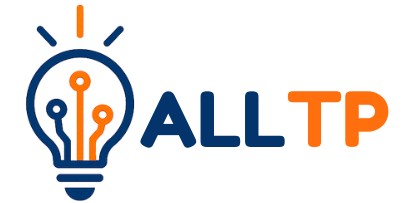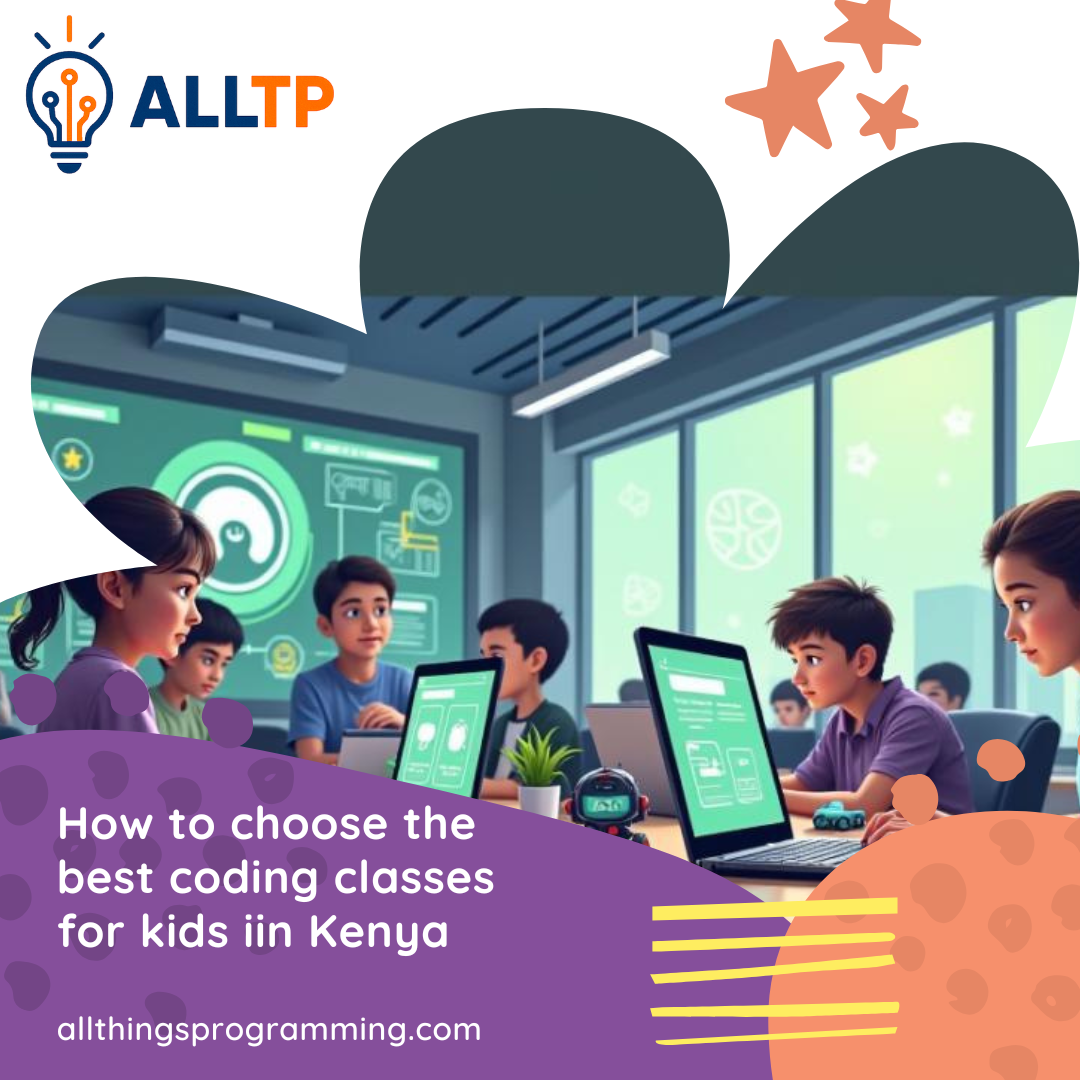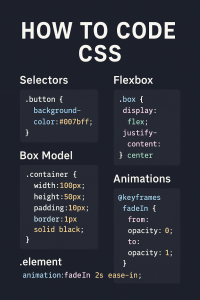We are living in a digital age where coding is quickly becoming a fundamental skill, just like reading or math. From powering the apps we use daily to driving innovations in finance, agriculture, health, and education, coding is the language of the future. It empowers individuals to not only consume technology but also to create it.
In Kenya, the demand for digital skills is growing rapidly. As the country positions itself as a tech hub in Africa, with thriving innovation spaces like iHub, Nailab, and government-backed initiatives like Ajira Digital, coding skills are increasingly sought after. Employers, tech companies, and even NGOs are looking for young, tech-savvy talent that can contribute to Kenya’s digital transformation.
If you’re a parent or guardian, now is the perfect time to explore coding for kids. Choosing the right program can spark a lifelong passion for technology and innovation.
That’s why starting young matters. Children are naturally curious, imaginative, and eager to learn. Introducing them to coding early not only equips them with relevant skills but also builds their problem-solving ability, creativity, and confidence.
Whether they grow up to be software developers or not, the logic and structure learned from coding will serve them in countless ways. This article will guide you through what to look for, what questions to ask, and how to find the best fit for your child’s learning journey.
Why Coding for Kids Matters
In a world increasingly shaped by technology, coding is no longer reserved for computer scientists; it’s becoming an essential skill for everyone, including children. Introducing kids to coding at an early age offers numerous benefits that go far beyond just learning how to type lines of code.
1. Enhances Problem-Solving and Critical Thinking
Coding teaches kids how to break down complex problems into smaller, manageable steps. It encourages logical thinking and persistence, especially when debugging errors or refining projects. These skills transfer directly to school subjects like math and science, and even to everyday challenges.
2. Builds Creativity and Digital Literacy
Contrary to popular belief, coding is a highly creative activity. Kids use it to build games, animations, websites, and even robots, bringing their ideas to life through code. As they create, they also become digitally literate, learning how technology works behind the scenes instead of just using it passively.
3. Opens Doors to Future Career Opportunities
Kenya’s job market is evolving, with growing opportunities in software development, data science, AI, and other tech-related fields. Learning to code early lays the groundwork for future success in these industries. It also gives kids a competitive edge for scholarships, internships, and innovation competitions.
4. Helps Kids Become Creators, Not Just Consumers
In today’s digital world, most children interact with technology through YouTube, social media, and games. Coding flips the script, empowering them to build the very tools and content they consume. This shift from user to creator fosters a mindset of innovation and agency.
5. Local Relevance: Kenya’s Digital Economy and Innovation Hubs
Kenya is home to a fast-growing tech ecosystem, often referred to as the “Silicon Savannah.” With hubs like iHub, Gearbox, Nairobi Garage, and government initiatives promoting digital literacy, there’s a strong national push to equip young people with tech skills. Teaching kids to code today prepares them to thrive in tomorrow’s economy locally and globally.
Key Factors to Consider When Choosing a Coding Class
Choosing the right coding class for your child involves more than just signing up for the first program you come across. From curriculum to cost, there are key factors every parent in Kenya should consider to ensure their child gets the most out of the learning experience. That’s where our Coding Kenya program comes in, we provide structured, age-appropriate coding pathways designed to grow with your child’s skills, from beginner to advanced levels.
A. Age-Appropriate Curriculum
Children at different developmental stages have different learning needs.
- Ages 5–8: Young kids learn best through visuals, stories, and play. Tools like ScratchJr introduce programming concepts through drag-and-drop coding in a fun and simple way.
- Ages 9–12: At this stage, kids can handle more structured tools like Scratch, Tynker, or even HTML/CSS for basic websites.
- Ages 13–16: Older children can transition into Python, JavaScript, or game development tools like Unity. These languages prepare them for more advanced computer science topics.
Choosing a class that matches your child’s age and learning level helps keep them engaged and ensures steady progress.
B. Teaching Methodology
How the material is delivered is just as important as what is taught.
- Project-based learning encourages kids to apply their skills by building games, animations, or websites, making the learning fun and practical.
- Gamification (using game elements like points, levels, and rewards) boosts motivation.
- Classes should also relate coding to real-world applications, for example, creating a simple app to solve a local problem or coding a calculator to use in school.
Avoid classes that rely heavily on rote learning or passive watching; active participation is key.
C. Class Size and Support
Children learn better in smaller, interactive groups.
- A low student-to-teacher ratio ensures that your child gets the attention they need.
- Mentorship or one-on-one guidance can make a huge difference, especially for shy or struggling learners.
Look for programs that offer feedback, regular check-ins, and opportunities for students to ask questions.
D. Qualified and Trained Instructors
The best instructors are not only tech-savvy but also skilled in teaching children.
- They should have a background in computer science or software development, along with experience working with kids.
- Look for local programs that highlight their instructors’ credentials. For instance, schools like All Things Programming boast trained facilitators who combine coding knowledge with child-centered teaching methods.
E. Learning Format
Different families have different needs, and flexibility is key.
- In-person classes are great for younger kids who need more supervision and hands-on support.
- Online classes offer convenience, especially for urban families with internet access.
- Hybrid models (a mix of online and physical classes) give students the best of both worlds.
In rural areas, limited connectivity may make fully online classes less effective. Consider programs that offer downloadable materials, offline support, or mobile-friendly learning.
F. Access to Technology
Before enrolling, consider what tools are needed.
- Does your child need a laptop, tablet, or internet access?
- Does the program provide devices, or is it bring-your-own-device?
- For low-income or rural families, ask whether the coding school offers equipment loans, computer labs, or community-based centers.
Access should not be a barrier to learning, especially when inclusivity is the goal.
G. Cost and Value
Price is important, but it shouldn’t be the only deciding factor.
- Compare what each program offers in terms of curriculum, teaching hours, resources, and student support.
- Some schools offer scholarships, discounts for siblings, or free trial classes.
- Consider the long-term benefits a good class might cost more but lead to lasting skills and confidence.
Value is about what your child gains, not just how much you pay.
Red Flags to Watch Out For
While there are many great coding programs available in Kenya, not all are created equal. As a parent, it’s important to be aware of potential warning signs that a coding class may not deliver quality education or value for your child. Here are key red flags to look out for:
1. Overly Generic or Outdated Curriculum
If a program doesn’t clearly outline what your child will learn, or uses outdated materials, it’s a major concern.
- Look out for courses that claim to “teach coding” but don’t specify which tools or languages they use.
- Avoid programs that still rely solely on older platforms without incorporating modern skills like block-based logic, real coding languages (like Python), or creative tech projects.
A strong program will be tailored to different age groups and updated regularly to stay relevant.
2. Lack of Real Projects or Hands-On Experience
Coding is a practical skill kids need to build things, not just read or watch.
- Be cautious of classes that are too theoretical or only use video tutorials without interaction.
- Good programs allow kids to create games, apps, animations, or websites, which shows they can apply what they’ve learned.
If there are no opportunities for hands-on practice, the learning may not stick.
3. No Student Progress Tracking or Feedback
A quality program should track how your child is doing and provide regular feedback.
- If the class doesn’t offer reports, progress updates, or parent-teacher communication, it may be hard to tell if your child is benefiting.
- There should also be goals or milestones so students and parents can see growth over time.
Transparency is key to knowing your investment is paying off.
4. Instructors Without Technical or Educational Backgrounds
Passion alone isn’t enough; teachers must know how to code and how to teach kids.
- Be cautious of programs where instructors lack formal training or real-world coding experience.
- It’s equally concerning if they have coding skills but no experience working with children.
Ask about the instructor’s background, and look for schools that proudly share their teachers’ qualifications.
Avoiding these red flags will help you choose a coding class that’s engaging, effective, and worth your time and money.
Top Coding Programs for Kids in Kenya
As interest in tech education grows across the country, several standout programs are making coding more accessible to children in both urban and rural areas. Below are some of the top-rated or popular coding programs for kids in Kenya, each offering unique approaches tailored to different age groups and learning environments.
As interest in technology education continues to grow across the country, two standout institutions, AllThings Programming and Moringa School, are helping shape the next generation of young Kenyan coders. Each takes a different approach, but both are committed to empowering children and teens with the digital skills they need to succeed.
1. All Things Programming
AllThings Programming is a fully online EdTech platform that offers coding for kids programs through engaging, project-based learning. Designed for children between the ages of 6 and 16, the platform covers a wide range of topics, including block-based coding (like Scratch), game development, full-stack web development, AI, and even Ruby for kids. Lessons are interactive, age-appropriate, and taught by experienced instructors who specialize in teaching children. With a focus on flexible learning, kids can take classes from anywhere in Kenya as long as they have internet access. This makes it a great option for parents looking for high-quality coding education without needing to commute or relocate. All Things Programming also provides international certifications, adding value to each child’s learning journey.
2. Moringa School
Moringa School, while widely known for adult tech training, has recently introduced junior programs aimed at teenagers aged 13 to 17. These programs offer beginner-friendly courses in Python, web development, and core computer science fundamentals. Although currently limited in scope and typically offered through short-term or pilot programs, Moringa provides a more structured and career-oriented approach for older children who are serious about pursuing tech in the future.
With its strong industry ties, Moringa helps students build a solid foundation while introducing them to real-world applications of coding. Courses are usually offered in person at their Nairobi campus, making it ideal for families based in the capital.
These two programs represent different but complementary approaches to coding education in Kenya one flexible and fully online, the other structured and in-person for teens. Parents can choose based on their child’s age, learning style, and long-term goals.
These programs represent just a portion of the growing ecosystem of child-friendly coding education in Kenya. Whether you’re in Nairobi or a more remote region, there’s likely an option that fits your child’s age, interests, and learning needs.
Testimonials and Success Stories
The true value of coding education is best seen through the stories of the young learners who have experienced it firsthand. Across Kenya, kids who’ve been introduced to coding are not only excelling in class but also discovering new passions, building confidence, and even launching their own tech projects.
1. Wambui, Age 10 – Nairobi
“Before joining a Scratch class at All Things Programming, Wambui had never written a line of code. Within weeks, she built a storytelling animation that won her school’s digital creativity award. Her teachers say her logical thinking and attention to detail have improved noticeably in math and science.”
2. Brian, Age 13 – Kisii
After attending a Kids Comp Camp session in his village, Brian learned basic HTML and CSS on a borrowed laptop. He went on to design a simple website showcasing local farm produce. His family now uses the site to reach more customers, and Brian says he wants to become a software engineer to build tools that help small farmers.
3. Aisha, Age 15 – Mombasa
Through Africa Code Week, Aisha got her first exposure to coding using Scratch. Inspired by the experience, she enrolled in a weekend Python class and now tutors her younger siblings. Her teachers report that coding has boosted her confidence and sparked an interest in pursuing ICT studies after high school.
4. Kevin, Age 12 – Nairobi
Kevin participated in a holiday coding bootcamp at Ubunifu College, where he developed a game using MIT Scratch. He now
Questions Parents Should Ask Before Enrolling
Before signing up for a coding class, it’s important for parents and guardians to gather the right information to ensure the program aligns with their child’s needs, learning level, and interests. Here are five key questions to ask:
1. What age group is the class best suited for?
Not all coding programs are created for all ages.
- Ensure the curriculum is tailored to your child’s developmental stage.
- Ask if there are separate classes or tracks for younger vs. older children to avoid mismatched learning speeds.
2. What skills will my child learn?
Find out exactly what your child will be able to do after completing the course.
- Will they learn block coding (e.g., Scratch), text-based coding (e.g., Python), or web design (HTML/CSS)?
- Are soft skills like problem-solving, teamwork, or creativity also emphasized?
3. How is progress tracked?
It’s important to know how the class measures learning and growth.
- Ask if there are assessments, project reviews, reports, or certificates.
- How often do parents receive feedback or updates?
4. What tools or devices are needed?
Check the technical requirements before enrolling.
- Will your child need a laptop, tablet, headphones, or internet access?
- Does the program provide any equipment or have device lending options?
5. Are trial classes or demos available?
A trial class can help you and your child determine if the program is a good fit.
- Ask if you can attend a free demo or sit in on a session.
- This helps evaluate the teaching style, engagement level, and whether your child enjoys it.
Asking these questions upfront can help you make a confident and informed decision, ensuring your child gets the most out of their coding experience.
Conclusion
Choosing the right coding class for your child is one of the most valuable investments you can make in their future. In today’s technology-driven world, coding is more than just a technical skill, it’s a new form of literacy that fosters creativity, problem-solving, and confidence.
With Kenya’s growing digital economy and increasing demand for tech talent, early exposure to coding gives children a head start, whether they pursue careers in technology or apply their skills in other fields. From Nairobi to rural towns, more opportunities are opening up for kids to learn how to create, not just consume, technology.
As a parent or guardian, your role in selecting the right program, one that is age-appropriate, engaging, and accessible, can set your child on a path of lifelong learning and innovation. Take the time to ask the right questions, look beyond price, and focus on long-term value.
Ready to start your child’s tech journey? Explore our Coding for Beginners programs at our bootcamp and give your child the tools to think creatively, solve real problems, and thrive in the digital age. Enroll today! Kenya’s tech future starts with them.




